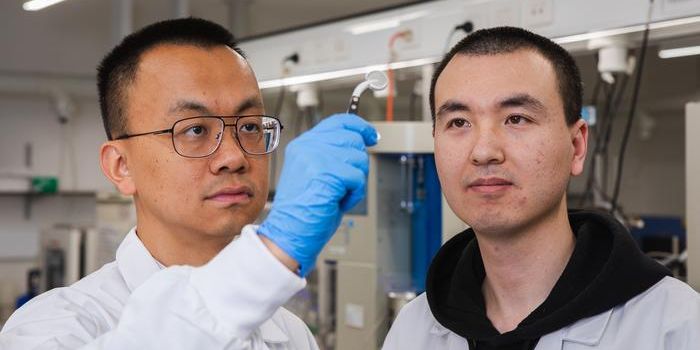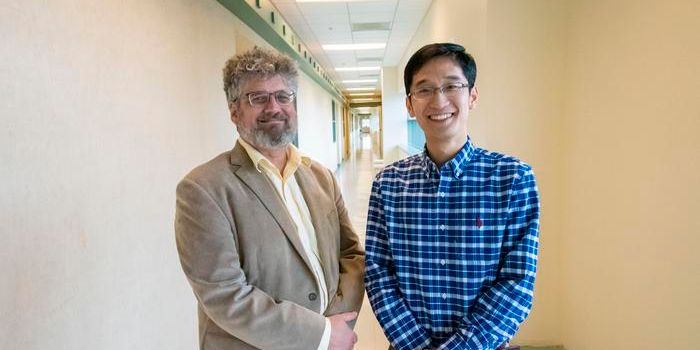Light-Bearing Ether: How a Historical Null Result Revolutionized Modern Physics
Ether (or aether) is a term used in ancient mythology and medieval science to denote the matter that fills in the void of the universe. In the 19th century, physicists borrowed the concept to depict a hypothetic medium that permeates throughout space for light to travel, otherwise known as the light-bearing ether.
It was a popularly accepted theory because it provides a plausible explanation for the wave-like property of light. The transmission of light can experience refraction and interference, just like the waves by a shoreline. If light is a type of wave and waves require a medium to carry (for example, water) to carry them, then light-bearing ether should exist, according to the theory's then proponents.
Like many well-articulated ideas before it, the ether hypothesis did not survive due to the lack of experimental evidence. It started with physicists Albert Michelson and Edward Morley, who were faithful believers of light-bearing ether and determined to prove its existence.
The famous Michelson-Morley experiment examined the speed of sunlight using an optical interferometer. Their measurements of light at different directions were intended to detect the slight difference of light speed caused by the relative motion of "ether wind". Imagine the headwind outside your car window, it's detectably different when the vehicle's moving versus still. To their dismay, they found no significant difference between the speed of light, thereby providing the first physical proof against the existence of ether.
This famous null (yet highly meaningful) result and many followed all confirmed that light needs no medium for it to propagate. Therefore, the speed of light remains constant, instead of depending on the relative movement of its observer as described in the classic Newtonian mechanics. Building on the constancy of light speed, Einstein forged his special theory of relativity, which later transformed the landscape of modern physics for the 20th century.
Source: PBS Space Time via Youtube
-
APR 30, 2024Immuno-Oncology Virtual Event Series 2024
-
MAY 07, 20243rd International Biosecurity Virtual Symposium
-
SEP 03, 2024Microbiology Week Virtual Event Series 2024
- See More

















































